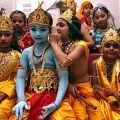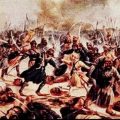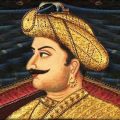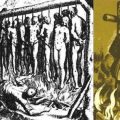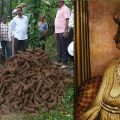What Did Gandhiji Say about Communalism in Godhra Where Hindus Were Targeted
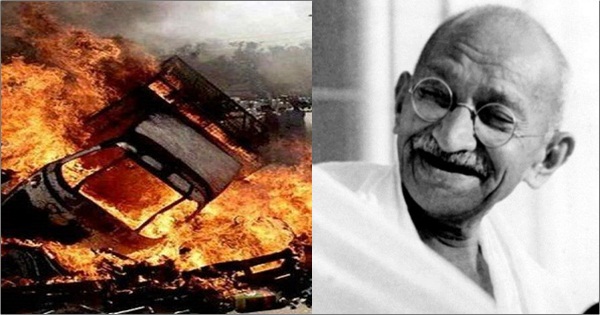
“Godhra”. The word is more than just the name of a town located in Panchmahal district in the western Indian state of Gujarat. “Godhra” records the gruesome killing of some 59 innocent people, including 25 women and 15 children and injuries to 40. Independent India saw many horrors. This was one of the worst of them. It was also the immediate cause of rioting, which left some 1169 people dead (including those killed in police firing).
But this was not the first time, nor the last time, that the town witnessed communal vandalism. The town had a long history of bloody communalism since the year 1927. This has been discussed in an earlier article.
Even Mahatma Gandhi (1869-1948) had also written about the Muslim communalism in Godhra. V.P. Bhatia (1928-2003) wrote in Organiser weekly dated 21st April, 2002 in his famous column Cabbages and Kings:
“The following article from Gandhiji’s entitled “What are we to Do?” in Young India (11th October, 1928) reveals that the Muslims were ever aggressive against Hindus in that city (as in other areas of Gujarat) in the wake of the Khilafat fiasco. There was virtually a state of war between the two communities in which the non-violent Hindu was the real sufferer. The following are the exact words of Gandhiji in the said article.
“Two weeks ago, I wrote in Navajivan a note on the tragedy in Godhra, where Shri Purshottam Shah bravely met his death at the hands of his assailants and gave my note the heading Hindu-Muslim Fight in Godhra. Several Hindus did not like the heading and addressed angry letters asking me to correct it (for it was a one sided fight). I found it impossible to accede to their demand. Whether there is one victim or more, whether there is a free fight between the two communities, or whether one assumes the offensive and the other simply suffers, I should describe the event as a fight if the whole series of happenings were the result of a state of war between the two communities. Whether in Godhra or in other places, there is today a state of war between the two communities. Fortunately, the countryside is still free from the war fever (no longer now) which is mainly confined to towns and cities, where, in some form or the other, fighting is continually going on. Even the correspondents, who have written to me about Godhra, do not seem to deny the fact that the happenings arose out of the communal antagonisms that existed there. “If the correspondents had simply addressed themselves to the heading, I should have satisfied myself with writing to them privately and written nothing in Navajivan about it. But there are other letters in which the correspondents have vented their ire on different counts.
A volunteer from Ahmedabad, who had been to Godhra, writes: You say that you must be silent over these quarrels. Why were you not silent over the Khilafat, and why did you exhort us to join the Muslims? Why are you not silent about your principles of Ahimsa? How can you justify your silence when the two communities are running at each other’s throats and Hindus are being crushed to atoms? How does Ahimsa come there? I invite your attention to two cases:
A Hindu shopkeeper, thus, complained to me: Musalmans purchase bags of rice from my shop, often never paying for them. I cannot insist on payment, for fear of their looting my godowns. I have, therefore, to make an involuntary gift of about 50 to 70 maunds of rice every month?
Others complained: Musalmans invade our quarters and insult our women in our presence, and we have to sit still. If we dare to protest, we are done for. We dare not even lodge a complaint against them.
What would you advise in such cases? How would you bring your Ahimsa into play? Or, even here you would prefer to remain silent!
“These and similar other questions have been answered in these pages over and over again, but as they are still being raised, I had better explained my views once more at the risk of repetition.“Ahimsa is not the way of the timid or the cowardly. It is the way of the brave ready to face death. He who perishes sword in hand is, no doubt, brave, but he who faces death without raising his little finger, is braver. But he who surrenders his rice bags for fear of being beaten, is a coward and no votary of Ahimsa. He is innocent of Ahimsa. He, who for fear of being beaten, suffers the women of his household to be insulted, is not manly, but just the reverse. He is fit neither to be a husband nor a father, nor a brother. Such people have no right to complain…” (extract from To the Hindus and Muslims, a collection of articles by Gandhiji from Young India ).
Thus, it is clear that Gandhiji mentioned the murder of Purshottam Shah, which happened in 1928. He had also once said that ‘Hindus are cowards’. These statements of Mahatma Gandhi can also be read in his Collected Works, Volume 43, pages 81-82.
The Nanavati Commission in its report on the Godhra carnage said: “Godhra town is a very sensitive place. There is a high percentage of Muslim population in various places in the district. Communal riots had taken place in Godhra in the years 1925, 1928, 1946, 1948, 1950, 1953, 1980, 1981, 1985, 1986, 1988, 1989, 1990, 1991 and 1992. The communal riots that had taken place in 1948 were very serious….”
The above post is an extract (slightly edited) from the book Gujarat Riots: The True Story by M D Deshpande.
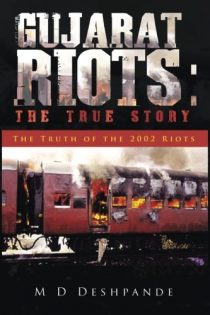
Click here to buy the book.
Disclaimer: The views expressed here are solely of the author. My India My Glory does not assume any responsibility for the validity or information shared in this article by the author.
Related post: Nalanda: 9 Million Books Burnt in 1193 by Bakhtiyar Khilji.


